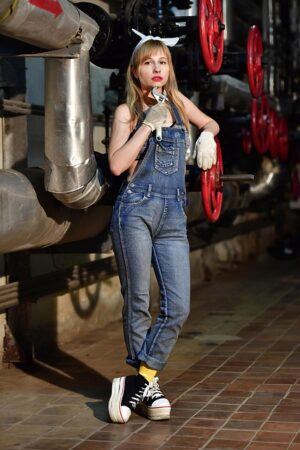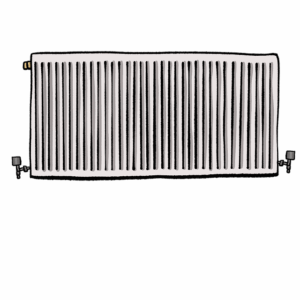destratification fans are ceiling-mounted devices that disrupt and redistribute warm air buildup near ceilings, enhancing HVAC efficiency and saving energy. Their variable-speed technology allows precise airflow control, preventing thermal stratification and ensuring uniform temperature throughout rooms, ideal for industrial cooling and commercial spaces aiming for comfort while minimizing costs. These fans facilitate comfortable indoor environments by mixing air, preventing warm air pooling, and promoting better overall performance in various settings from homes to data centers. Selecting the right destratification fan involves considering thermal stratification levels, desired air circulation patterns, and HVAC efficiency goals, with energy savings and air mixing technology as key factors.
“Discover the transformative power of variable-speed destratification fans, a cutting-edge solution for customizable airflow control. This article explores how these fans, designed for efficient ventilation, offer significant advantages in environmental comfort and energy savings. From understanding their fundamental role to examining the benefits of variable-speed control, we delve into real-world applications where destratification fans excel. Learn essential factors for selection, ensuring optimal performance tailored to your needs.”
- Understanding Destratification Fans: Their Role and Benefits
- The Advantages of Variable-Speed Control in Ventilation Systems
- Customizable Airflow: How It Enhances Environmental Comfort
- Applications: Where Variable-Speed Destratification Fans Shine
- Selecting the Right Fan: Key Factors to Consider for Optimal Performance
Understanding Destratification Fans: Their Role and Benefits
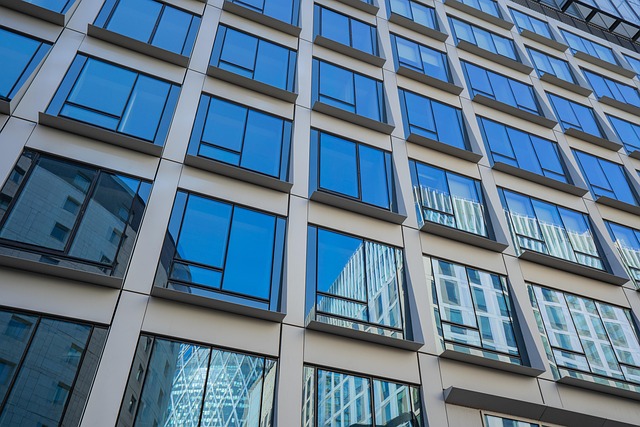
Destratification fans play a pivotal role in managing thermal stratification within enclosed spaces. These fans are designed to disrupt and redistribute warm air that tends to accumulate near ceilings, promoting uniform temperature control throughout the room. By actively mixing air, destratification fans enhance HVAC efficiency, ensuring every corner benefits from optimal cooling or heating.
One of their key advantages lies in the potential for significant energy savings. Ceiling-mounted fans can effectively prevent the need for excessive conditioning by allowing warm air to be redistributed instead of relying solely on temperature control mechanisms. This is particularly beneficial in both industrial cooling applications and commercial spaces, where maintaining comfortable conditions while minimizing operational costs is paramount. Air mixing technology offers a sophisticated solution to temperature control problems, contributing to overall space comfort and efficiency.
The Advantages of Variable-Speed Control in Ventilation Systems
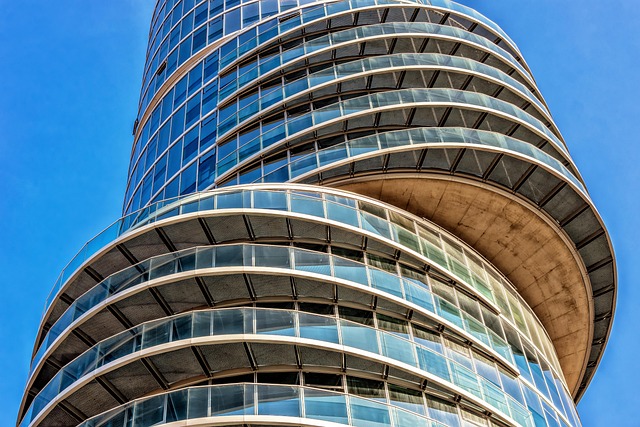
Variable-speed destratification fans offer a significant advantage in ventilation systems by providing precise and customizable control over airflow. Unlike traditional fixed-speed fans, these advanced ventilators can adjust their speed according to environmental conditions, ensuring optimal air circulation. This technology is particularly beneficial for maintaining comfortable indoor environments, especially in commercial spaces where thermal stratification can impact HVAC efficiency. By varying the fan speed, destratification fans facilitate air mixing technology, preventing warm air from pooling at ceiling levels and promoting uniform temperature control throughout the space.
Moreover, the flexibility of variable-speed control translates to notable energy savings. By operating at lower speeds when less airflow is required, these fans reduce energy consumption without compromising air circulation or commercial applications. This not only minimizes operational costs but also contributes to a more sustainable and environmentally friendly approach to industrial cooling. In addition, ceiling-mounted fans with variable-speed control can enhance overall ceiling mounted fans performance, providing better warm air redistribution and creating a more comfortable and productive indoor atmosphere.
Customizable Airflow: How It Enhances Environmental Comfort
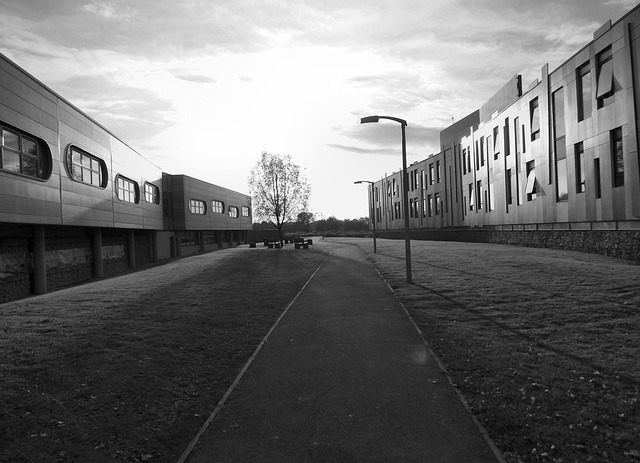
Customizable airflow is a game-changer when it comes to enhancing environmental comfort in various settings, from homes and offices to industrial facilities. Variable-speed destratification fans play a pivotal role in achieving this by offering precise control over air circulation. Unlike traditional ceiling-mounted fans that simply move air around, these advanced fans employ air mixing technology to disrupt thermal stratification, ensuring uniform temperature distribution throughout the space.
This capability is particularly beneficial for commercial applications and industrial cooling scenarios where maintaining optimal conditions is critical. By adjusting the fan’s speed, users can tailor the airflow to meet specific needs, whether it’s promoting air circulation in large, bustling spaces or redistributing warm air in colder climates. Such customization not only enhances comfort but also contributes to energy savings and HVAC efficiency, making destratification fans a smart choice for those seeking both comfort and cost-effectiveness.
Applications: Where Variable-Speed Destratification Fans Shine

Variable-speed destratification fans are a game-changer in numerous industries and applications where efficient air circulation and temperature control are paramount. These fans excel in combating thermal stratification, the natural tendency for warm air to rise and cool air to sink, leading to uneven heating or cooling within an environment. By redistributing warm air back down into the space, destratification fans ensure a more uniform temperature, enhancing both comfort and energy efficiency.
They are particularly useful in commercial applications such as offices, retail spaces, and data centers, where maintaining optimal HVAC (heating, ventilation, and air conditioning) efficiency is crucial. The ability to adjust airflow speed allows for precise control over air circulation, enabling these fans to optimize cooling effects while minimizing energy consumption. In industrial settings, they can aid in large-scale cooling processes, ensuring workers’ comfort without excessive energy costs. Ceiling-mounted destratification fans are a popular choice due to their discreet nature and efficient warm air redistribution capabilities, making them ideal for both residential and commercial spaces.
Selecting the Right Fan: Key Factors to Consider for Optimal Performance

Selecting the right destratification fan is crucial for achieving optimal performance in any space. Key factors to consider include the thermal stratification levels present, desired air circulation patterns, and the overall HVAC efficiency goals. For instance, ceiling-mounted fans are ideal for commercial applications where uniform temperature control is essential, while more powerful industrial cooling models may be needed in environments with high warm air redistribution demands.
Additionally, the choice should consider energy savings potential and the desired level of air mixing technology. Different fan designs offer varied levels of airflow adjustment, allowing users to fine-tune air circulation for specific needs. This customization not only enhances comfort but also contributes to overall commercial applications success by improving productivity and reducing operational costs.
Variable-speed destratification fans offer a game-changing solution for optimizing airflow and environmental comfort. By providing customizable control, these fans cater to diverse ventilation needs, making them a versatile asset in various applications. Through their efficient destratification capabilities and variable-speed technology, they ensure optimal performance while promoting energy efficiency. When selecting the right fan, considering factors like room size, temperature goals, and desired airflow patterns is essential for achieving maximum benefits. Embrace the power of customizable airflow and revolutionize your indoor environment with these innovative destratification fans.









